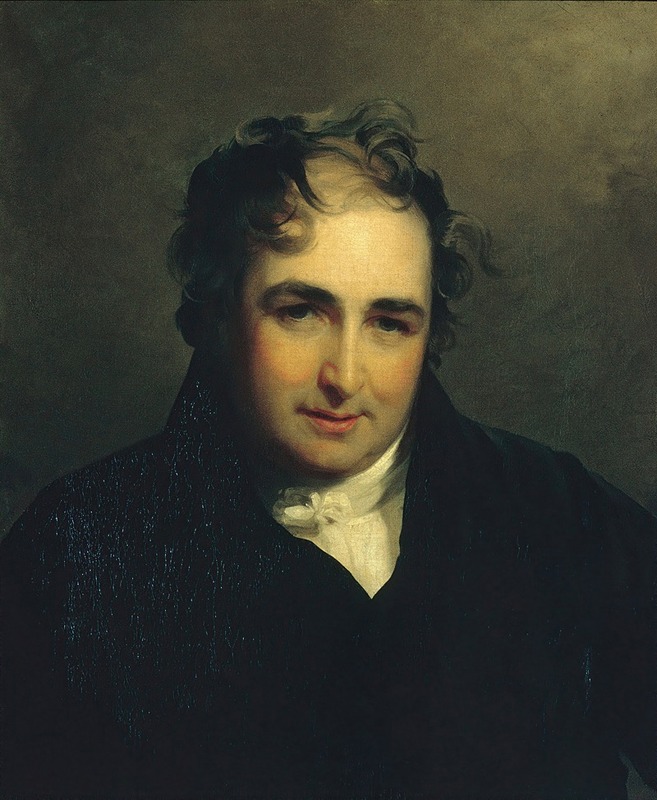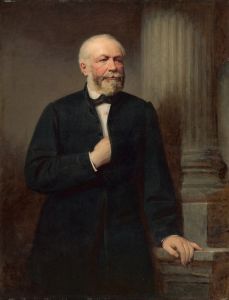
William Gwynn
A hand-painted replica of Thomas Sully’s masterpiece William Gwynn, meticulously crafted by professional artists to capture the true essence of the original. Each piece is created with museum-quality canvas and rare mineral pigments, carefully painted by experienced artists with delicate brushstrokes and rich, layered colors to perfectly recreate the texture of the original artwork. Unlike machine-printed reproductions, this hand-painted version brings the painting to life, infused with the artist’s emotions and skill in every stroke. Whether for personal collection or home decoration, it instantly elevates the artistic atmosphere of any space.
Thomas Sully was a prominent American portrait painter in the 19th century, known for his refined and elegant style. One of his works, "William Gwynn," is a portrait that exemplifies Sully's skill in capturing the character and presence of his subjects. However, detailed information about this specific painting, such as its creation date, current location, or the historical context of the subject, William Gwynn, is not extensively documented in widely available sources.
Thomas Sully was born in 1783 in England and moved to the United States with his family in 1792. He became one of the most sought-after portrait artists of his time, with a career that spanned several decades. Sully's work is characterized by its smooth brushwork, attention to detail, and the ability to convey the personality and status of his sitters. He painted many notable figures, including political leaders, socialites, and actors, contributing significantly to the visual culture of his era.
The subject of the painting, William Gwynn, is not widely recognized in historical records, and there is limited information about his life or his significance. It is possible that Gwynn was a person of some local or personal importance during Sully's time, which led to his commissioning a portrait by such a distinguished artist. Portraits during this period were often commissioned by individuals who wished to document their likenesses for posterity, celebrate personal achievements, or assert social status.
Sully's technique involved the use of soft, blended colors and a focus on the sitter's face and expression, often set against a simple, unobtrusive background. This approach allowed the viewer to focus on the subject's features and demeanor, a hallmark of Sully's portraiture. His ability to capture the subtleties of expression and the texture of fabrics and skin contributed to his reputation as a leading portraitist.
While the specific details of the "William Gwynn" painting remain scarce, it is likely that the work reflects Sully's typical style and artistic priorities. His portraits often convey a sense of grace and dignity, qualities that would have been desirable in a commissioned portrait of the time. Sully's legacy as an artist is preserved through his numerous portraits, many of which are held in major art institutions and collections.
In summary, while the painting "William Gwynn" by Thomas Sully is not extensively documented, it is representative of Sully's broader body of work, which is celebrated for its elegance and technical proficiency. The lack of detailed information about the painting and its subject highlights the challenges of historical documentation, particularly for works that may not have been part of major public collections or exhibitions.


















